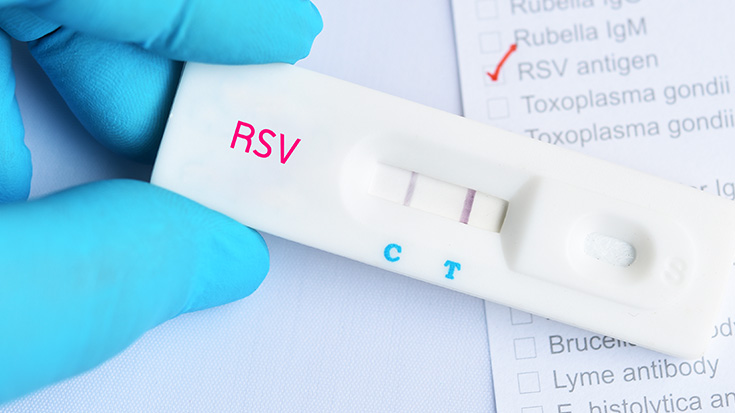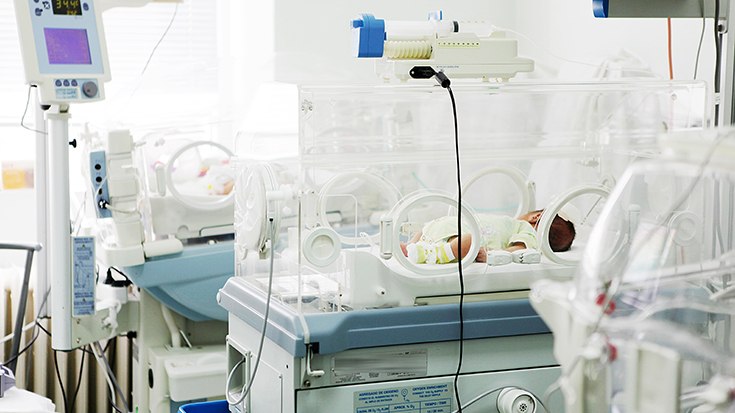
Last fall, the American Thoracic Society (ATS) released a ATS Oxygen Workshop Report, complete with recommendations on how to improve home oxygen therapy. Deeming the current system inadequate, the report concludes that improved education and expectations will help us achieve optimal care.
According to the report, “1.5 million adults in the U.S. use supplemental oxygen for a variety of respiratory disorders to improve their quality of life and prolong survival.” The report summarizes discussion and findings from the ATS Workshop on Optimizing Home Oxygen Therapy.
Three goals
The ATS Workshop set out to accomplish three goals:
- Define optimal home oxygen therapy;
- Identify key barriers to optimal home oxygen use; and
- Conceptualize potential strategies and solutions.
“The ATS Workshop served as a great start to our journey toward improved patient care,” said Thomas Kallstrom, MBA, RRT, FAARC, AARC Executive Director, and ATS workshop participant. “At the workshop, we not only identified the problem with home oxygen therapy, but we also looked forward and defined optimal care and offered strategies to achieve such care.”
Key conclusions
Covering a variety of roles and perspectives, workshop participants included respiratory physicians and nurses, respiratory therapists, patient oxygen users, representatives from multiple patient advocacy groups, and the American Lung Association, ATS Health Policy Committee, the Food and Drug Administration, National Institutes of Health, the AARC, Apria Healthcare, and the Center for Medicare and Medicaid Services (CMS).
According to the report, key conclusions from this group’s efforts include:
- Oxygen users frequently experience problems related to their oxygen equipment.
- Many health care providers that prescribe oxygen lack the resources and knowledge needed to meet the specific needs of their patients.
- Patients with higher oxygen needs are impacted to a greater degree because of physically unmanageable and inadequate portable systems.
- Services and decisions made by durable medical equipment (DME) companies constrain patients by restricting choices of stationary and portable oxygen equipment.
- Analysis is needed to evaluate the impact the CMS competitive bidding policy has had on patients. In fact, according to an ATS news release about the report, the group was “unanimous in its finding that delivery of home oxygen services has worsened since the onset of CMS’s Competitive Bidding Program nearly a decade ago.”
“Currently, we do not consider the impact technology has had on supplemental oxygen use when prescribing supplemental oxygen, especially portables,” said Sam Giordano, MBA, RRT, FAARC, and ATS Workshop participant. “Device performance can vary a great deal.”
Giordano believes that prescriptions should include oxygen saturation and not just gas output.
“Reimbursement rules only consider gas outputs in liters as opposed to blood oxygen saturation,” Giordano said. “Yet, blood oxygen saturation is a safer and more objective way of monitoring adequacy of oxygen levels in the blood.”
Furthermore, according to the report, the workshop participants concluded that future research “should focus on developing and evaluating new models for therapeutic oxygen patient education, identifying effective ways for stakeholders to interface, determining the economic benefit of having respiratory therapist perform in-home education and follow-up testing to confirm that patients continue to meet predefined criteria, and collaborating with technology companies to improve portable oxygen devices.”
Optimal care
The Workshop’s first goal was to define optimal home oxygen therapy. Here is their definition:
Optimal oxygen therapy prioritizes maximizing each individual patient’s quality-of-life and health outcomes with a goal to minimize the burden on patients, their families, providers, payers, and oxygen suppliers.
“Our patients, who are each unique, need personalized care and quality resources,” Kallstrom said. “The current system for delivering home oxygen therapy is flawed. Working together, we can improve so we can deliver the best possible care for our patients.”
AARC resources for patients related to home oxygen therapy
Providing oxygen in the home to patients with chronic lung disease can be challenging for the respiratory therapist. If you’d like access to more information on home oxygen therapy, the AARC provides online home oxygen courses, webcasts and patient resources for respiratory therapists.
- Free oxygen therapy resources for patients
- Online course: Oxygen Therapy in the Home
- Online course: Understanding Portable Oxygen Concentrators
Email newsroom@aarc.org with questions or comments, we’d love to hear from you.















